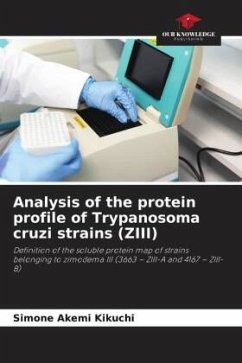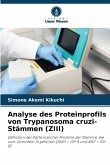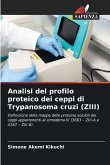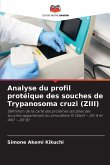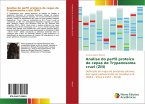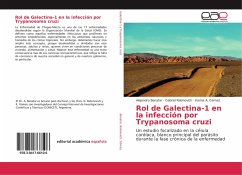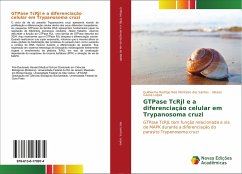Trypanosoma cruzi, the etiological agent of Chagas disease, is widely distributed throughout the American continent. Using various molecular biology techniques, a clear dimorphism was observed between the isolates, leading to the grouping of strains into two major phylogenetic lineages: T. cruzi I (correlated with ZI) and T. cruzi II (correlated with ZII). A phylogenetic dendrogram based on some genomic targets revealed a clear dichotomy in ZIII, defining two subgroups (ZIII-A and ZIII-B). Thus, proteomic analysis of strains belonging to ZIII in comparison with T. cruzi I and II may contribute to elucidating this issue. The main objective of this study is to define the soluble protein map of strains belonging to zimodema III (3663 - ZIII-A and 4167 - ZIII-B), highlighting the differences between the ZIII-A and ZII-B subgroups. The results define the proteomic map and classification of some proteins from ZIII isolates considering the genomic subgroups circulating in nature.
Bitte wählen Sie Ihr Anliegen aus.
Rechnungen
Retourenschein anfordern
Bestellstatus
Storno

